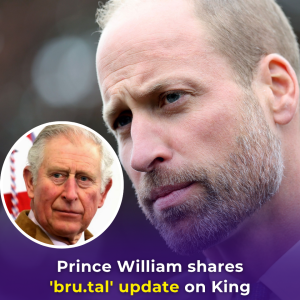
Overview of the Northern Flicker: The Northern Flicker is a medium-sized woodpecker renowned for its unique appearance and behavior. With a mix of brown, black, and gray feathers, accompanied by striking splashes of yellow or red under its wings and tail, this woodpecker is a sight to behold. Its name “flicker” derives from the flashing effect created when it takes off, revealing its vibrant plumage.

Habitat and Distribution: These woodpeckers are widely distributed across North America, inhabiting a diverse range of environments. They are commonly found in open woodlands, forests, parks, and urban areas, displaying their remarkable adaptability to various habitats.

Behavior and Diet: The Northern Flicker is distinct from other woodpecker species due to its foraging habits. While they do peck at trees for insects like typical woodpeckers, they are equally fond of foraging on the ground for ants, beetles, and other invertebrates. They have a unique tongue structure that allows them to extract ants efficiently from crevices.

Drumming and Vocalizations: Like most woodpeckers, the Northern Flicker communicates through drumming and vocalizations. Drumming is an essential part of their courtship display and territory defense, resonating through trees and sounding similar to rapid drumbeats. Their vocalizations consist of a series of sharp “wick” or “kleeer” calls, contributing to the vibrant chorus of the woods.

Nesting and Reproduction: During the breeding season, Northern Flickers excavate their nest cavities in dead trees or wooden structures. They are known to be monogamous and often return to the same nesting site in subsequent years. The male flicker is responsible for drumming on resonant surfaces to attract mates and establish their territories.

Conservation Status: While the Northern Flicker’s population is generally stable and not of global concern, they still face challenges, particularly due to habitat loss and competition for nesting sites. Conservation efforts focused on preserving mature trees and providing suitable nesting opportunities can help sustain their numbers.

In conclusion, the Northern Flicker stands out as a striking and remarkable woodpecker species in North America. With its vibrant plumage, unique foraging habits, and distinctive vocalizations, it continues to captivate birdwatchers and nature enthusiasts alike. By understanding its behavior and habitat needs, we can ensure that the Northern Flicker’s presence enriches our ecosystems for generations to come.




